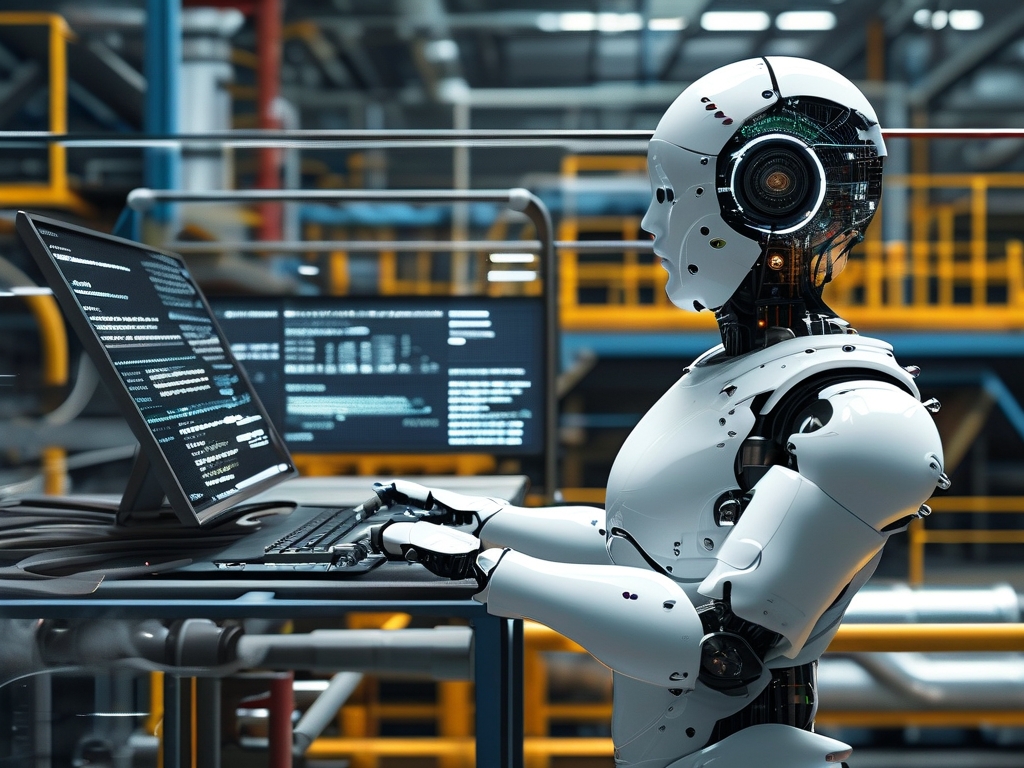In the rapidly evolving field of artificial intelligence, optimization algorithms play a pivotal role in training models and enhancing performance. These algorithms enable machines to learn patterns, adjust parameters, and minimize errors systematically. Among the most widely used techniques are gradient descent, stochastic gradient descent, and adaptive methods like Adam. Each algorithm has unique characteristics tailored to specific challenges in AI development.

Gradient descent serves as the foundation for many optimization strategies. It operates by iteratively adjusting model parameters to minimize a loss function. The process involves calculating the gradient of the loss with respect to each parameter and updating them in the opposite direction of the gradient. While effective, traditional gradient descent can be computationally expensive for large datasets due to its reliance on full-batch processing. This limitation led to the development of stochastic gradient descent (SGD), which uses random subsets of data for each iteration. SGD reduces computational overhead and often converges faster, though it may introduce noise into the optimization process.
To address the instability of SGD, researchers introduced momentum-based approaches. These methods incorporate a "velocity" term that smooths out parameter updates, allowing the algorithm to navigate flat regions and steep curvatures more effectively. Nesterov accelerated gradient (NAG) further refines this concept by evaluating the gradient at a projected future position, enabling more precise adjustments.
Adaptive learning rate algorithms represent another significant advancement. Adam (Adaptive Moment Estimation) combines the benefits of momentum and RMSProp, adapting learning rates for individual parameters. By maintaining moving averages of both gradients and squared gradients, Adam dynamically adjusts step sizes, making it suitable for non-stationary objectives and sparse data scenarios. RMSProp, another adaptive method, focuses on dividing the learning rate by an exponentially decaying average of squared gradients. This approach mitigates issues like vanishing or exploding gradients in deep networks.
For non-convex optimization problems prevalent in deep learning, evolutionary algorithms offer alternative solutions. Genetic algorithms simulate natural selection by iteratively mutating and recombining candidate solutions. Particle swarm optimization (PSO) mimics the collective behavior of biological swarms, guiding particles toward optimal regions in the search space. While less common in mainstream AI, these methods excel in scenarios where gradient-based approaches struggle, such as discontinuous or highly multimodal landscapes.
Bayesian optimization provides a probabilistic framework for hyperparameter tuning. By constructing a surrogate model of the objective function, it balances exploration and exploitation to identify optimal configurations with minimal evaluations. This technique is particularly valuable for optimizing expensive-to-evaluate functions, such as neural architecture search.
Recent innovations include second-order optimization methods like Newton-Raphson and quasi-Newton algorithms (e.g., L-BFGS). These leverage curvature information from the Hessian matrix to accelerate convergence. However, their computational complexity often limits practicality for large-scale models.
In practice, algorithm selection depends on problem specifics, dataset size, and resource constraints. Hybrid approaches, such as combining Adam with learning rate scheduling or warm restarts, are increasingly popular. As AI systems grow in complexity, the development of robust, scalable optimization techniques remains a critical research frontier.
Understanding these algorithms empowers practitioners to troubleshoot training issues, improve model accuracy, and deploy efficient AI solutions. Future advancements may focus on unifying optimization frameworks, enhancing adaptability to dynamic environments, and reducing energy consumption during training.









